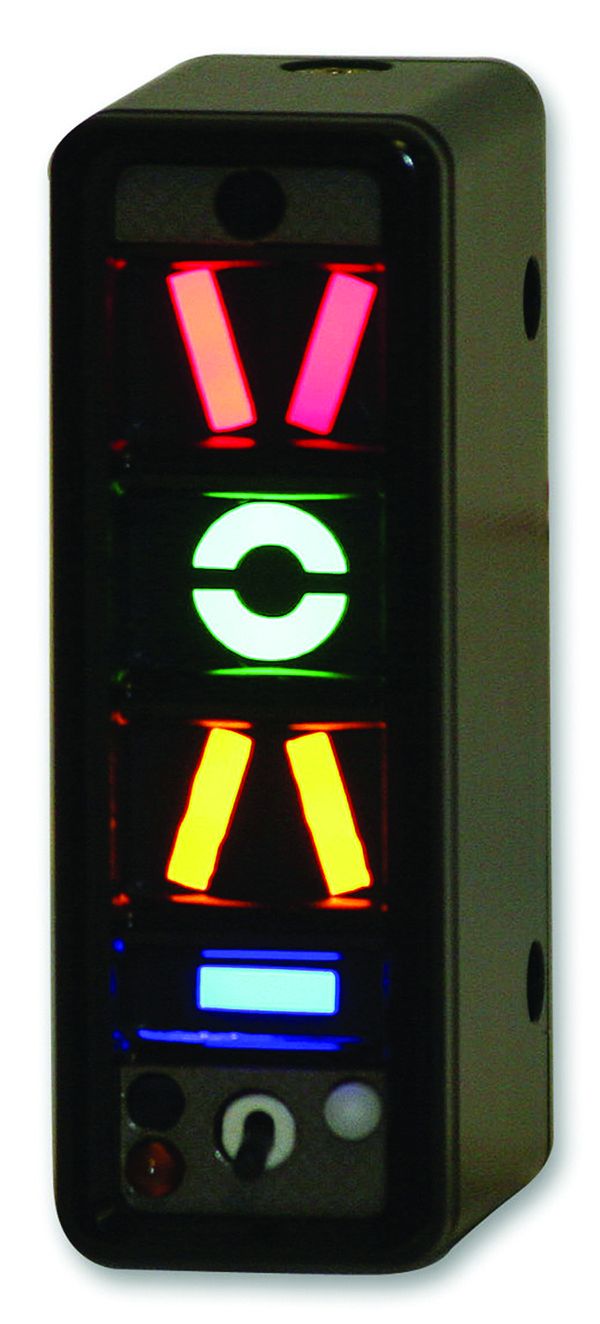I thoroughly enjoyed reading the article “Fixing Your Float” in the September 2020 issue. As you accurately point out, the “desired airspeed” over the numbers is not always in keeping with the numbers published by the airplane manufacturers. As is mentioned, the optimal approach airspeed varies with airplane design and weight. Yet another variable affecting stall speed is center of gravity (CG). Aft CG results in a lower stall speed due to less wing loading.
Forward CG results in a higher stall speed due to increased wing loading. Reading on in your informative article, I expected to come across some mention of the utility of angle of attack (AoA) indicators. As a private pilot who flies a Cardinal RG, most of the time at well below gross weight, the published approach speeds are often higher than optimal. In my first few years of Cardinal ownership, I commonly found myself floating down the runway until making the airspeed adjustments, as you mention in your article.
Then I installed an AoA indicator. My landings are now almost always spot-on. Flying using AoA can improve safety because, unlike stall airspeed, stalling angle of attack is always the same regardless of weight, load factor or CG. And AoA indicators are not just for landings. They allow pilots to fine-tune climb, best range and best glide speeds. These speeds, like the ideal approach speed, are variables based on weight and CG, but they occur at a fixed AoA. As a frequent Colorado mountain flyer, knowing the correct AoA to use to achieve best performance can be critical, for example, during a sudden change in wind direction or during an unplanned go-around.
Although it is possible to calculate VSO on the fly, it is not practical. In a world of changing conditions, one of the best ways to ensure consistent approaches is to fly using AoA. The development of AoA indicators flourished in the 1950s and 1960s, with NASA and the military doing extensive research. The work culminated with AoA instruments being incorporated into most military and commercial aircraft.
They used to be well outside the budget range of most GA pilots. Today, these instruments are quite affordable, ranging in price from around $400 for a simple mechanical analog “lift reserve” instrument up to $3000 for an electronic digital instrument that can also be integrated into the screen of a modern MFD. In my opinion, if you really want to “Fix Your Float” consistently, I would encourage the installation of an AoA indicator.
Angelo Petropolis – Via email
Thanks, Angelo. We’ve published several articles in recent years about low-cost AoA indicators and their value—along with the FAA’s related relaxation of certification and installation requirements for the devices. Due to space limitations, we weren’t able to include material on their worth in that article, but you managed to do it for us. Thanks again!
MAGNETO MAINTENANCE
I really like your magazine and many of the articles are very helpful as a new VFR student pilot. I carefully read Mike Hart’s article in October’s issue on the magneto (“Magneto Management”) and found it very helpful to become a safer pilot where issues arise related to the magneto.
There was one part of the explanation on how the magneto generates a spark that doesn’t fit with what I learned. I have worked on many magnetos on small gas engines with points and capacitors, and my understanding is that the spark is generated when the points open rather than close. My understanding is the points close so current flows through the primary winding of the coil, causing a magnetic field to build around the coil. When the points open, the magnetic field collapses over the coil, inducing high voltage in the secondary winding to ground through the spark plug. The capacitor connected across the points is there to prevent arcing between the points as they open to prevent damaged contact point surfaces. I love Aviation Safety magazine.
George Wollenburg – Elk River, Minn.
Thanks, George. You’re right, of course. We can only blame too much time at high altitude for the error. Thanks for pointing it out!




